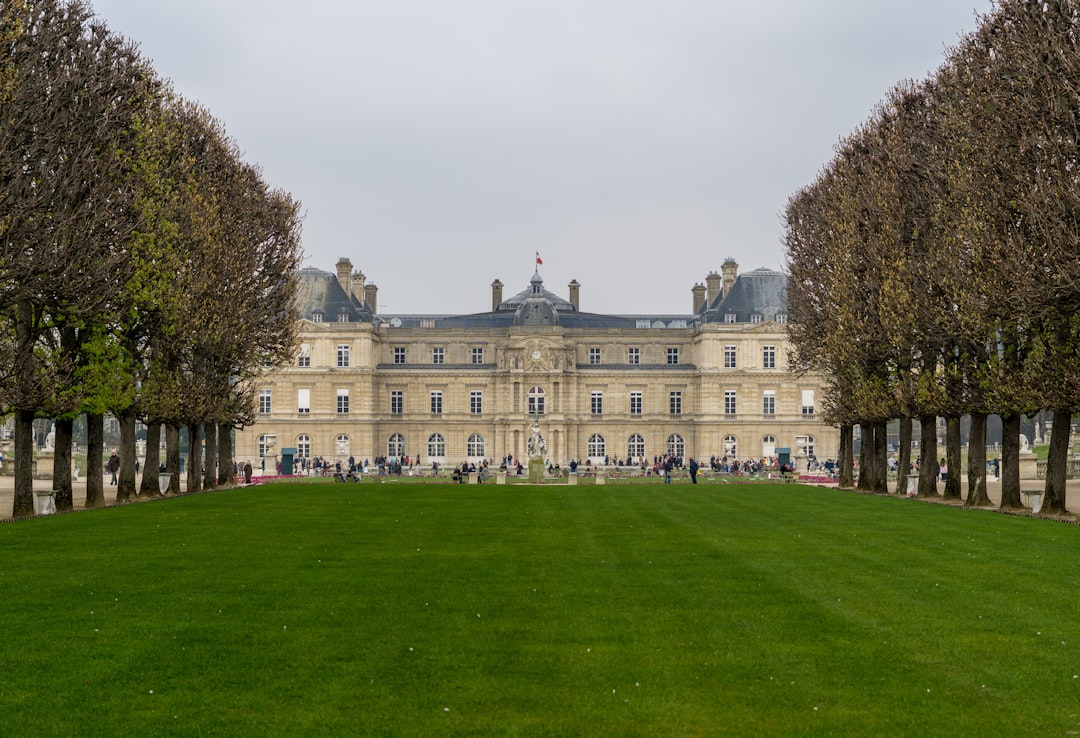
Have you ever dreamed about being back on a college campus? I mean positive dreams – not the nightmares about being late for the final exam for a class you’ve never attended. I mean dreams of catching Frisbees in the quad, sitting in on amazing lectures by brilliant professors, catching up with friends over coffee in the Student Center, perhaps even smoking joints on the lawn.
Good news: You still can have three out of four (and in 23 states, all four)!
In a previous post, I wrote about age-friendly universities, those nearly 100 campuses that actively promote lifelong learning for adults who are long past the age of traditional college students.
But a handful of colleges and universities are taking it one step farther: They have partnered with senior housing developers to build residences on or near the college campus and encouraging the older residents to enjoy all the campus amenities, from concerts and lectures to sports events and even classes for credit.
If the idea of spending your retirement years on a college campus sounds appealing – provided, of course, that you don’t have to live in a dormitory – you’ll want to check out the small but growing list of university-based retirement communities (UBRCs). Seven examples are operating, and the idea seems to be gaining traction as a new alternative in housing that will appeal to a segment of the Baby Boom generation.
The seven existing UBRCs are located near Lasell University in Newton, MA; Penn State University in State College; University of Florida in Gainesville; Notre Dame in Notre Dame, IN; University of Michigan in Ann Arbor; Arizona State University in Tempe; and Stanford University in Palo Alto, CA.
This spring Goucher College and Edenwald Senior Living in Towson, Maryland, signed a letter of intent to jointly explore developing a UBRC on land adjacent to both institutions. Expect to see more announcements popping up. The concept checks a lot of boxes: Access to lifelong learning, a walkable environment, high-quality entertainment, and intergenerational contact. Here’s a rundown on the key elements:
Housing
The housing component is generally what’s known as a Continuing Care Retirement Community. Residents can live independently in apartments or homes for as long as they are active and mobile, then migrate as their needs change into assisted living, memory care, or nursing care – all within the same development. The housing choices vary, from apartments to small neighborhoods of townhomes, duplexes, or single-family homes.
In addition to the health care services normally available to older residents, a university partner may offer access to an academic medical center or teaching hospital that can provide advanced care or even access to current medical research. The academic partner generally gives residents access to fitness and recreational facilities on campus.
Campus Life
Learning is a big attraction for prospective residents of UBRCs. Most college partners allow senior residents to enroll in college courses. Most also have a lifelong learning institute that offers non-credit courses and activities for older students who are not interested in earning a degree.
For example, when Lasell Village and Lasell University opened the first UBRC in 2000, the senior residents had to commit to creating an individual plan for lifelong learning. That’s no longer required, but it is expected that residents will take advantage of the close connections between Lasell Village and the university. Residents interact with students in classes, research projects, internships and mentoring on campus. It works both ways: College students often serve the Village community as wait staff, lifeguards, interns, and volunteers.
Then there’s the full range of extra-curriculars, such as
Performing arts, exhibitions, and cultural events
Sporting and athletic events
Use of fitness and athletic facilities. (At Penn State, senior residents get a fee discount on the university’s two championship golf courses.)
Alumni activities (where being an alum of that academic institution is not required)
Mentoring and volunteer activities
Most retirement communities are designed to be easily walkable, and most are on or within walking distance of the campus, so there are ample opportunities to get in your daily step requirements. (Remember how much walking you did as a student? Remember how little you weighed then? Random coincidence?) Most UBRCs also provide shuttle transportation.
Mixing Generations
The opportunities for interaction between young and old, as Lasell has demonstrated, are also attractive. Many observers say the separation between generations is a contributor to ageism. Young people who have more daily contact with elders are far less likely to stereotype the old as feeble, out-of-touch, deaf, dumb, or blind. Older residents who take classes with young people are less likely to stereotype youngsters as social media-driven, skateboard riding, rude and arrogant punks. The meeting of minds can have benefits for us all.
Admittedly, lifelong learning isn’t everyone’s cup of tea. But for those who still maintain a healthy curiosity and whose thirst for knowledge has yet to be quenched, consider the merits of living on campus once again, in the company of others who value learning for its own sake.



Learning, chugging beer, learning, late nights discussing the meaning of life, learning, carefree summers, learning . . . something I'd and did pay dearly for.
I think that’s a wonderful idea. Having a beautiful campus for daily walks especially.